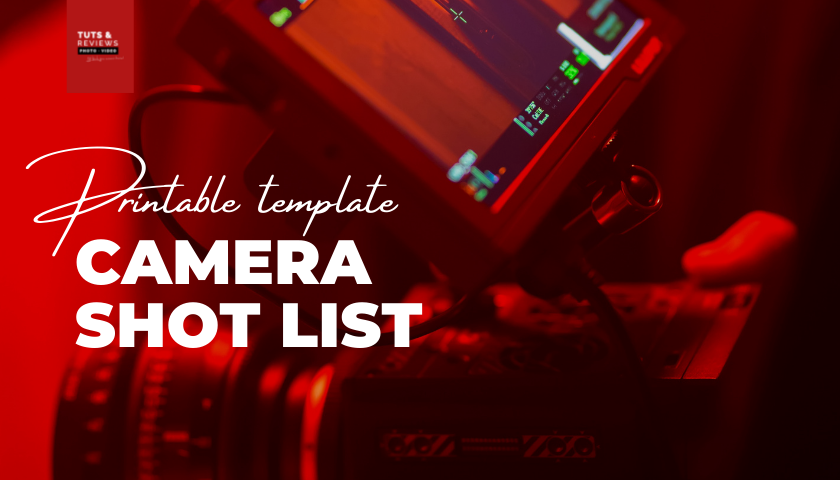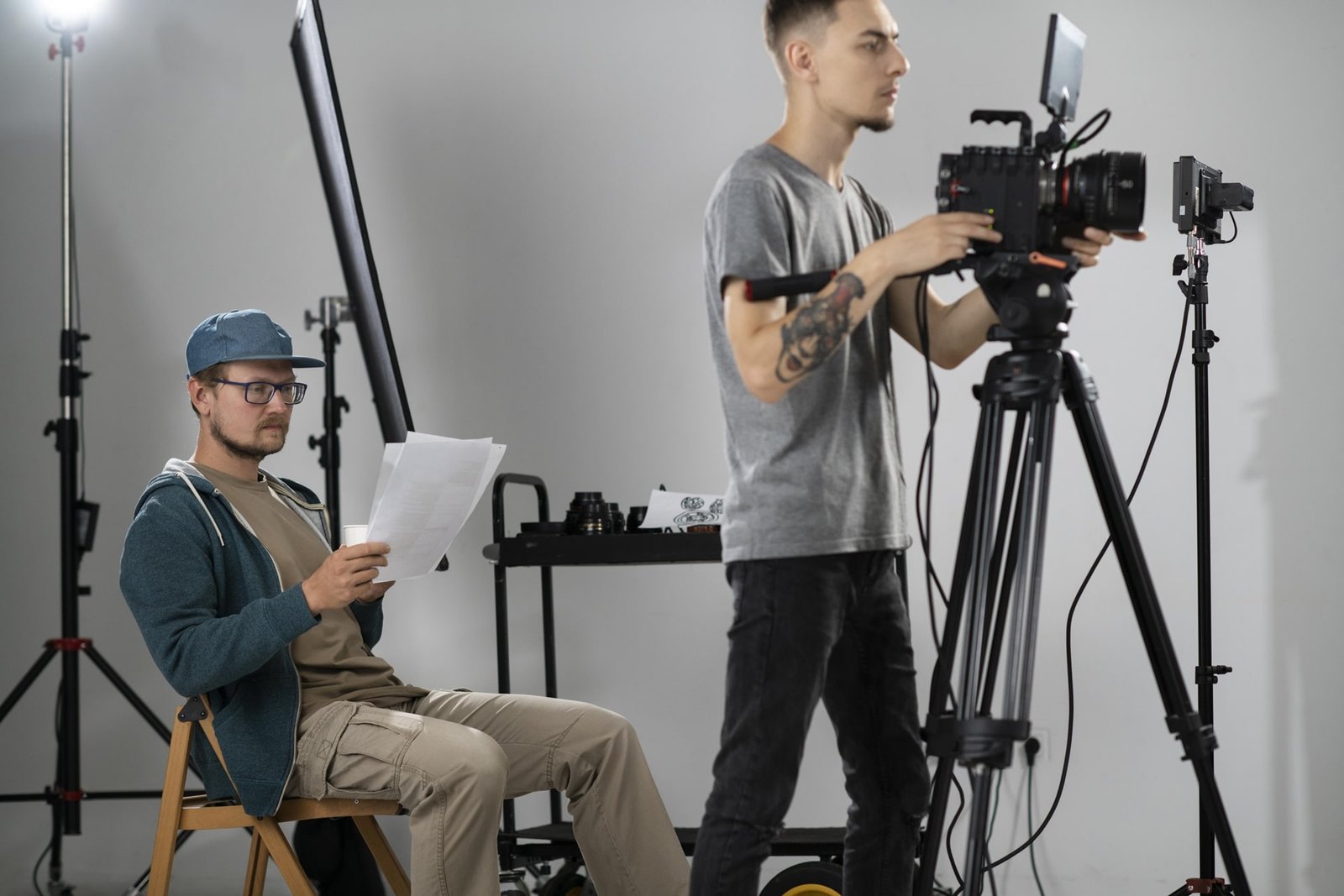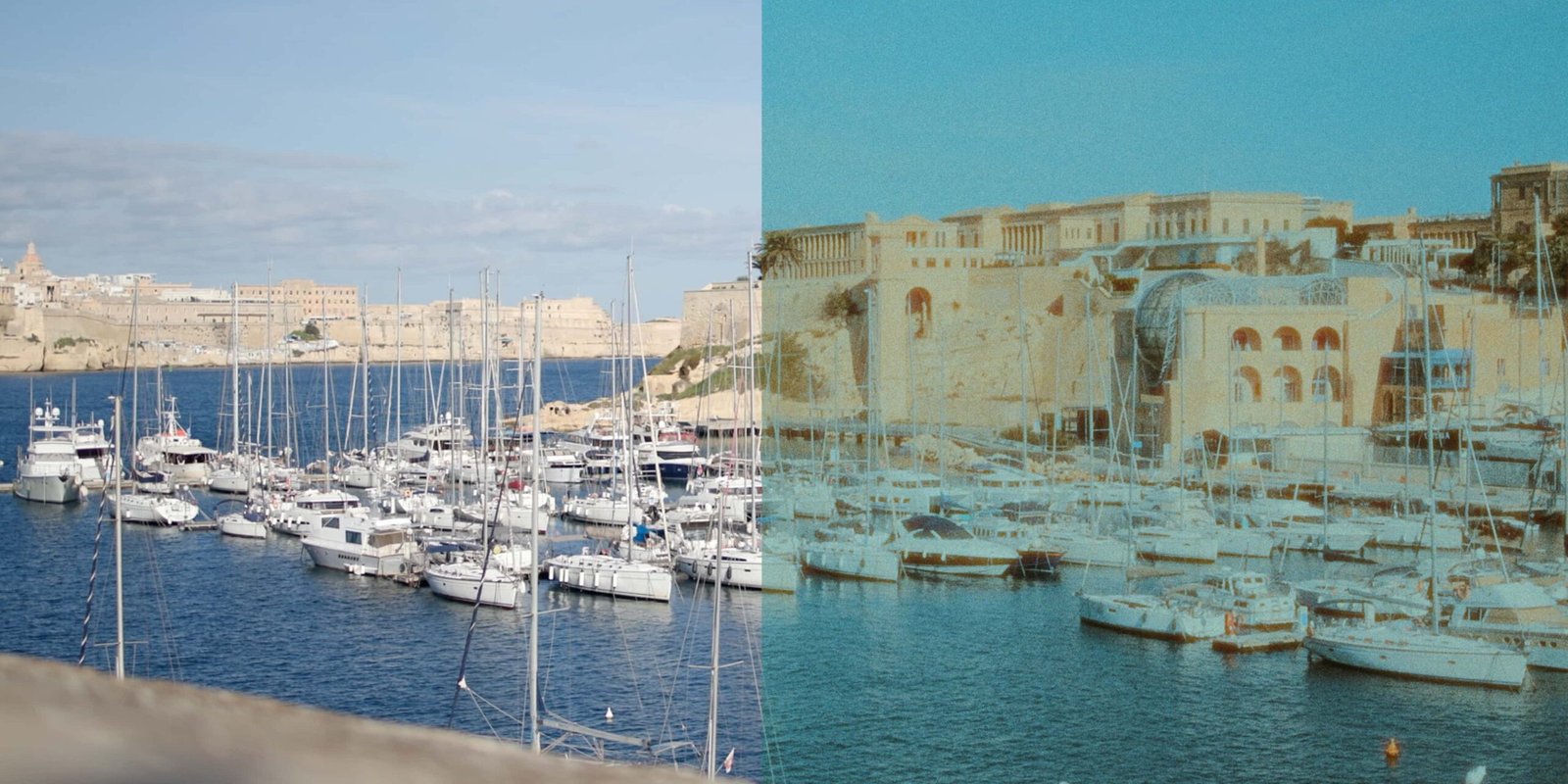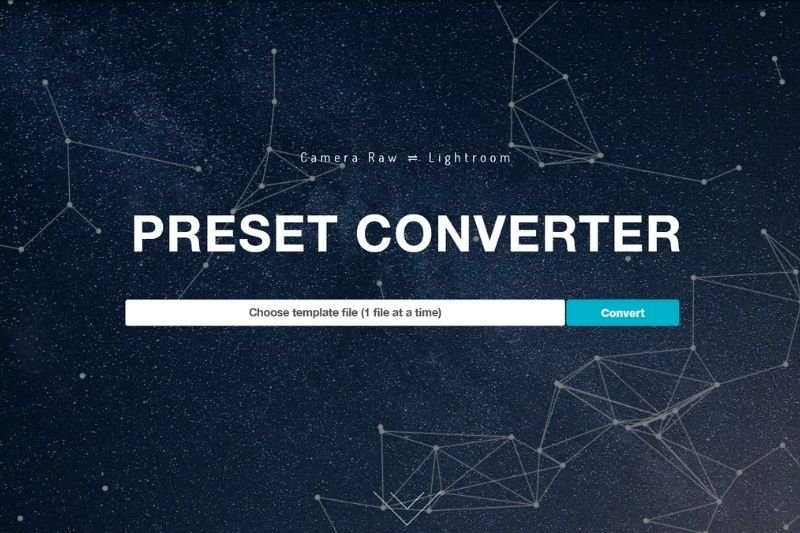A decent photo can now be done by everyone, just pulling a smartphone out of your pocket. But there are people who are against progress and choose a film. Let’s see what motivates them and what to do if you suddenly want to join the fans of the Analogue Photography.
Why film?
- It is impossible to say what result we will have. Someone likes the feeling of a mystery hidden in the exposed film, as it is difficult to predict the result 100% beforehand. Something may suddenly happen at the development stage. The device itself can go down or the photographer’s instinct will fail. The very inability to see the photo immediately after the shooting breaks the perception of a person who is accustomed to shoot everything on the camera of the phone. And the limited number of photos (12, 24 or 36) forces him to a greater degree of thoughtfulness while taking them.
- The operation process is quite interesting. Many people are attracted by the work of mechanics in cameras. Plugging the trigger, setting the aperture and shutter speed, setting the focus, rewinding – all this works clearly and logically. All settings correspond to the markings on the case. So there is no magic hidden in the electronic boards, no soulless characters on the LCD.
- You can make a great photo. The film apparatus is an indispensable tool in the arsenal of many professional photographers. First, the film allows you to get pictures with enough details and a good color rendering. Secondly, the photographer’s goal is not to “copy” the reality. The artistic photography does not have to be perfect. And here we come to the following argument in favor of the film.
- “Non-Ideals” can look beautiful. Defocus, visible scratches on the pictures, granularity – all this is associated with a film photograph. Let’s start with the fact that you can avoid the listed roughness by using a correctly working camera and a suitable film. And we end with the fact that sometimes “imperfections” just look cool.
- Shooting using film is inexpensive. You can argue about the price of one photo, comparing the film and the figure. But here’s an obvious fact: if it’s a one-time experiment, then for the whole process from buying a film camera to receiving ready-made photos, you will pay no more than 20 USD.
How to choose a film camera?
- Mirror cameras. There are almost all models of “Zenith”, “Amateur”, Pentax K1000, Canon AE-1, Olympus OM-1, and relatively modern models of Nikon. They support the installation of lenses with any focal lengths, you can use different filters. Also you can visually assess the focus and the depth of field. This is because in the viewfinder you can see just about what will happen in the photo. The device transmits the image from the lens to the peephole using a mirror.
- Rangefinder cameras. There are almost all models of “Sharp” and “FED”, Canon Canonet QL17 G-III, Yashica Electro 35, Minolta Hi-Matic. These are less noisy than other cameras with mirrors. Focusing is done with the help of the parallax effect. It is the combination of images in the viewfinder from two lenses of the range finder. The disadvantages are a limited set of interchangeable lenses and the lack of the ability to adjust the depth of the field.
- Scale cameras: “Smena”, “Seagull”, “Vilia”, modern digital cameras Holga, Diana, La Sardina. These are the most simple and refer to a budget group of cameras. Focusing is carried out by eye, lenses are often non-replaceable. Despite this, the scale cameras have better quality of the images than the point-and-shoot. And they are the easiest and compact ones.
And how to choose a film?
The films have four main characteristics: color, process type, format and sensitivity (ISO).
- Color and process. With color, everything is clear, there are colored and black and white films. The black and white film requires the use of light filters under certain conditions and must be developed in the D-76 process. There are also monochrome black-and-white films, they are developed in the C-41 process (as well as the colored ones). Their quality is worse than the classic ones have, but every photo center will cope with them.
Color films are divided into negative and reversible. Negatives are much more practical, more patient with non-essential misses in the exposition, they are sold and developed in the C-41 process in any photo center. Sometimes reversing films are developed the same way as negative ones. This is called cross-interaction. - Format. There are two common types of film: small (type 135) and medium (type 120). You can attach and 35-millimeter film to Holga, Diana, Soviet “Amateurs”, some of the Pentax, Rollei and other cameras with the help of simple manipulations.
- Photosensitivity. Light sensitivity, or ISO has an impact on the lighting with which we can take photos. As well as what shutter speed and aperture we will set. The range of photosensitivity of films starts from 25 ISO till 3 200 ISO. The lower the numerical value, the less light the film fixes, the longer the shutter speed and/or the smaller f-number should be. The films up to 100 ISO are good for shooting in sunny weather. During the cloudy weather we can use the film with 400 ISO. A more light-sensitive film is suitable for evening and night photography, but has an increased graininess. The optimum sensitivity of photosensitivity is 200 ISO. On old cameras we can use another scale of photosensitivity: GOST, ASA or DIN. To set the matches, you can use the table.
- Individual Characteristics. Also we can distinguish the films can by the color rendition, depth and detail elaboration.
How to shoot on a film camera?
- Install the film. First of all, you need to install the film to the compartment intended for this. Sometimes for this purpose it is necessary to raise the roulette head for the rewind. Then slide the tab to the receiving coil and fix it. Close the shutter and make sure that the teeth of the roller are in the perforation of the film. Click on the shutter button. After closing the lid, it is recommended to make one more trial shot, the rewind tape head should also rotate. All this is not worth doing in bright sunlight.
- Prepare the device. If this is the case, set the ISO film (for manual or automatic metering) and the frame counter.
- Shutter windup. You need to pull the trigger to the end, and then gently bring it back. If the system is without a trigger, turn the wheel as far as it will go.
- Set the aperture and the shutter speed. These actions can vary greatly depending on the cameras you use. If your camera is not equipped with a working automatics or is not a scale one with a simple control, use an exposure meter.
- Adjust the focus and take a photo. If you use a SLR camera, do not forget to open the aperture before focusing (and close it before taking a photo). In case it is a rangefinder camera – use the effect of parallax. If the scale one – refer to the special markings. After that, you can click on the trigger.
- Discharge of the film. Remove the locking of the toothed roller (this regulator is often marked with the letter R). Use the rewind tape to return the film to the reel. If you have any problems, remove the film yourself in a dark room and bring it to the photo center for the development in a lightproof case or a box.
What to do with the film then?
Bring it to the photo center for the development. If you used a negative 35 mm film, in every photo center they can develop it in the C-41 process. In case you used other photographic materials, it may be necessary to look for a private laboratory.
Tuts and Reviews is a photography & filmmaking resource site. We find and feature freebies that we have found around the web from trusted sites and photographers as well as video or film creators. Make sure to browse our listing in the Freebies section! We also create our own digital products (free & paid) which you can check in our shop.







